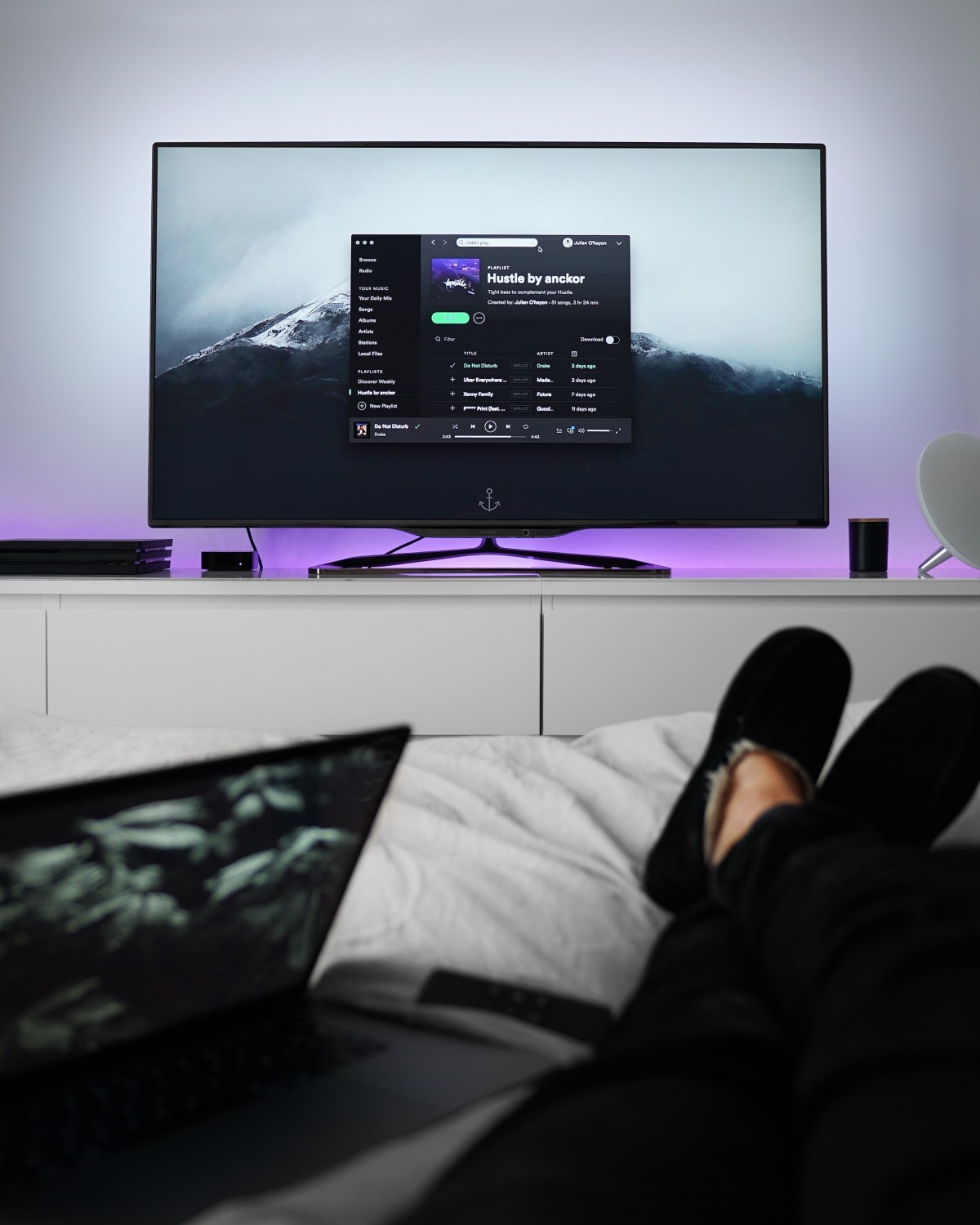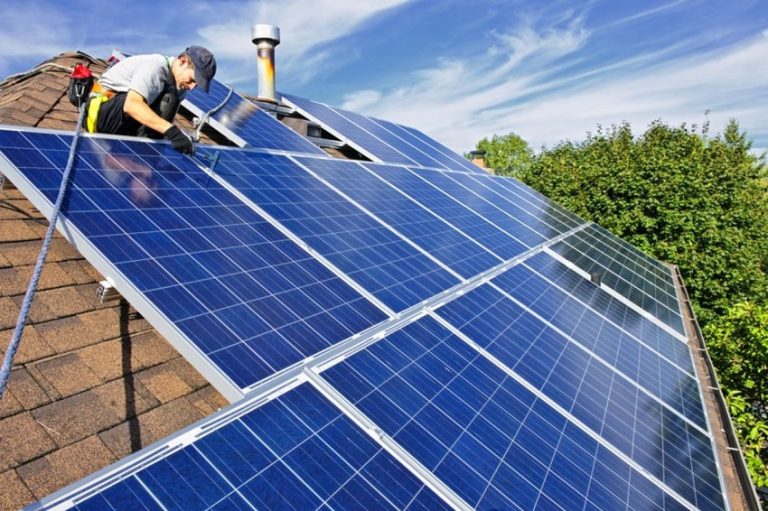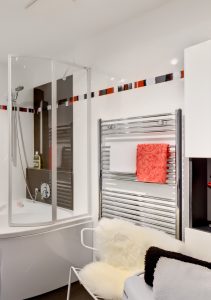In the modern world, televisions are designed so the picture is as high-definition and realistic as possible. Regardless of what model of television you own, there are steps you can take to improve its performance and ensure the best possible viewing experience.
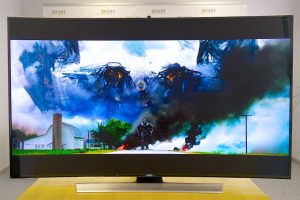
Brightness and Contrast
The degree of brightness actually refers to how much black is on your screen. To find the levels you prefer, watch something set in darkness, like a horror movie. Adjust the brightness settings until you can still view the details whilst maintaining the darkness.
Contrast refers to the amount of white on your screen. The best way to test this is through watching something bright, like golf. If contrast is too high, you lose details, so again you can adjust until you find the right balance.
Other Screen settings
There is a whole range of other settings available on modern televisions that may be able to improve your picture. Sharpness, dimness, colour and motion compensation may all be adjustable, whilst some shows may benefit from noise reduction. There may also be presets such as natural, cinema, sport or eco available.
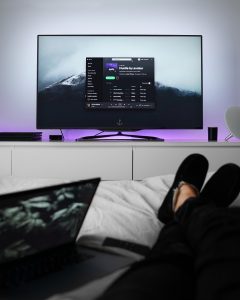
If you do not like any of these adjustments, you can always return to factory settings. Advice on the different options available for different television models is available from a variety of sites, such as https://www.which.co.uk/reviews/televisions/article/how-to-connect-devices-to-your-tv/getting-the-best-tv-picture.
Other problems with your picture can be caused by bad reception due to aerial problems. For advice on your aerial, talk to a professional installer such as aerial-installations-bristol.co.uk/installation-and-repair-services/tv-aerial-installation-bristol if looking for Bristol TV aerial installation.
Cables
There used to be a variety of analogue cables needed for your television and associated devices (such as DVD player). Scart leads used to be one of the most common ways to connect televisions and DVD players so audio and video could be transferred between the two.
Today, Scart has been replaced in popularity by HDMI cables – a digital connection that can support high-definition and surround sound. Full HD can use a standard HDMI cable; Ultra HD needs a high-speed cable. Similarly, more advanced cables for Ultra HD will need to be placed in different sockets to the older style of HDMI.
All HDMI cables can benefit from increased length and some shielding to prevent physical damage. Other supposed advancements, such as gold-plated connections, are less important.





